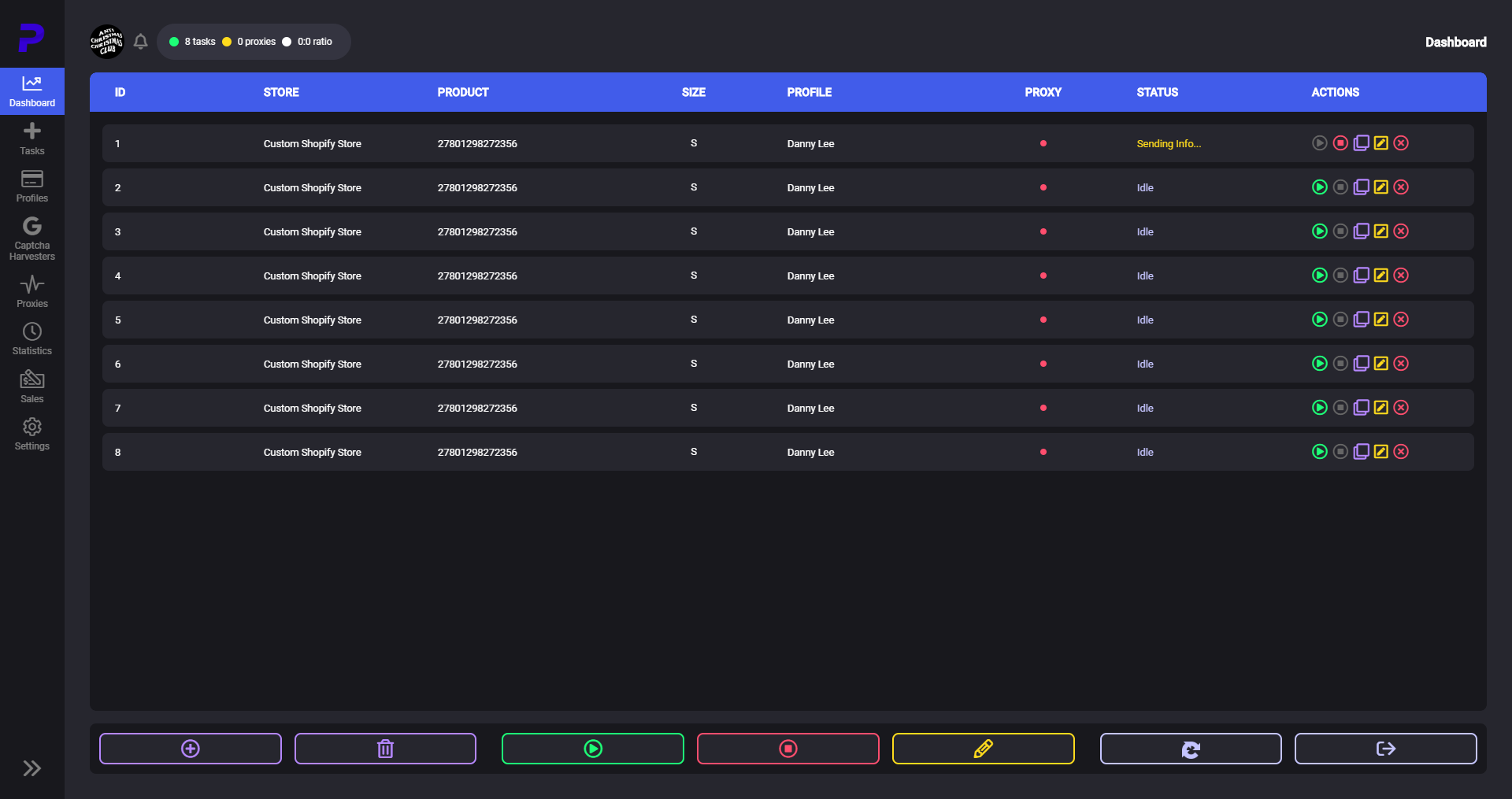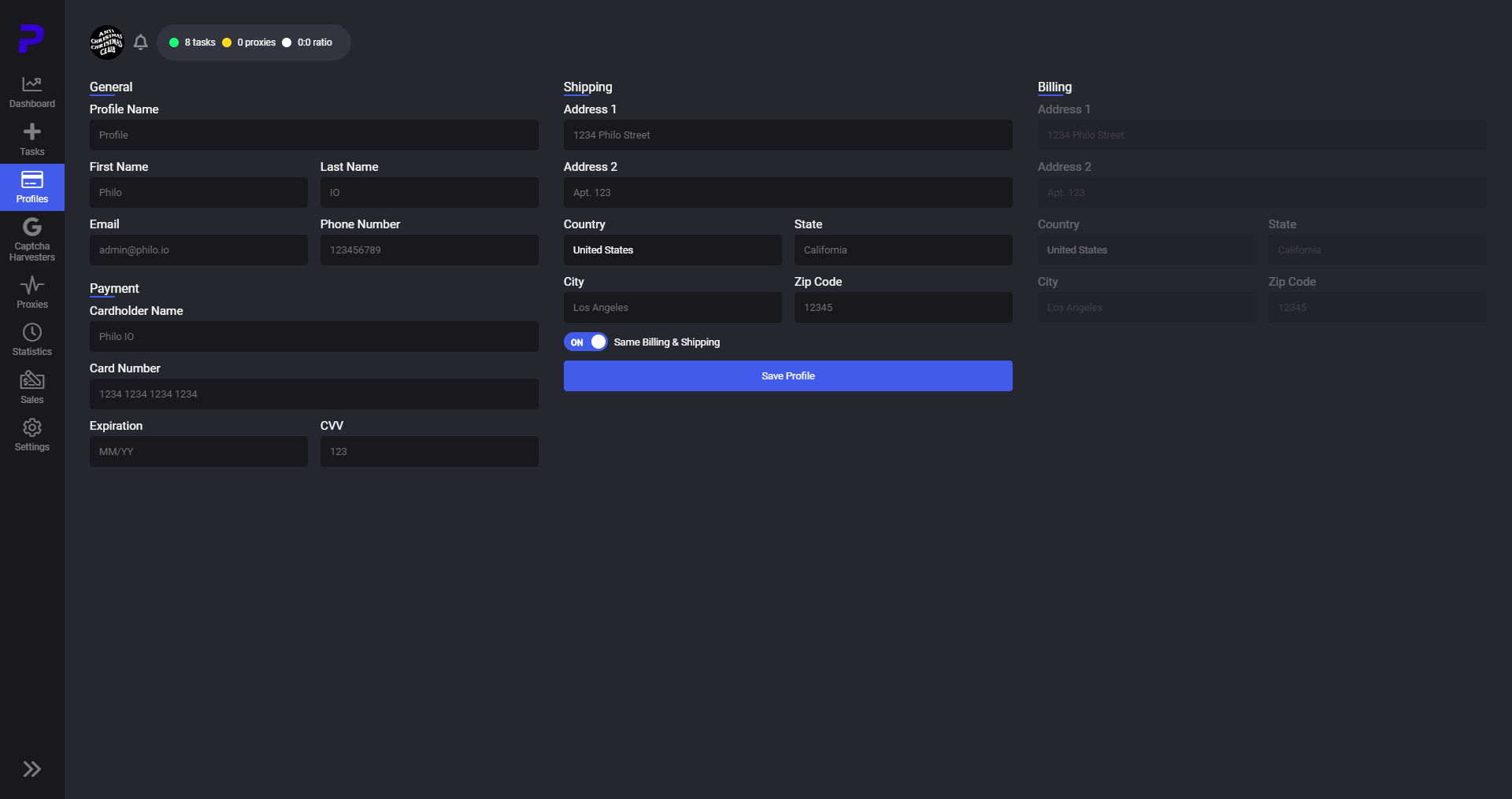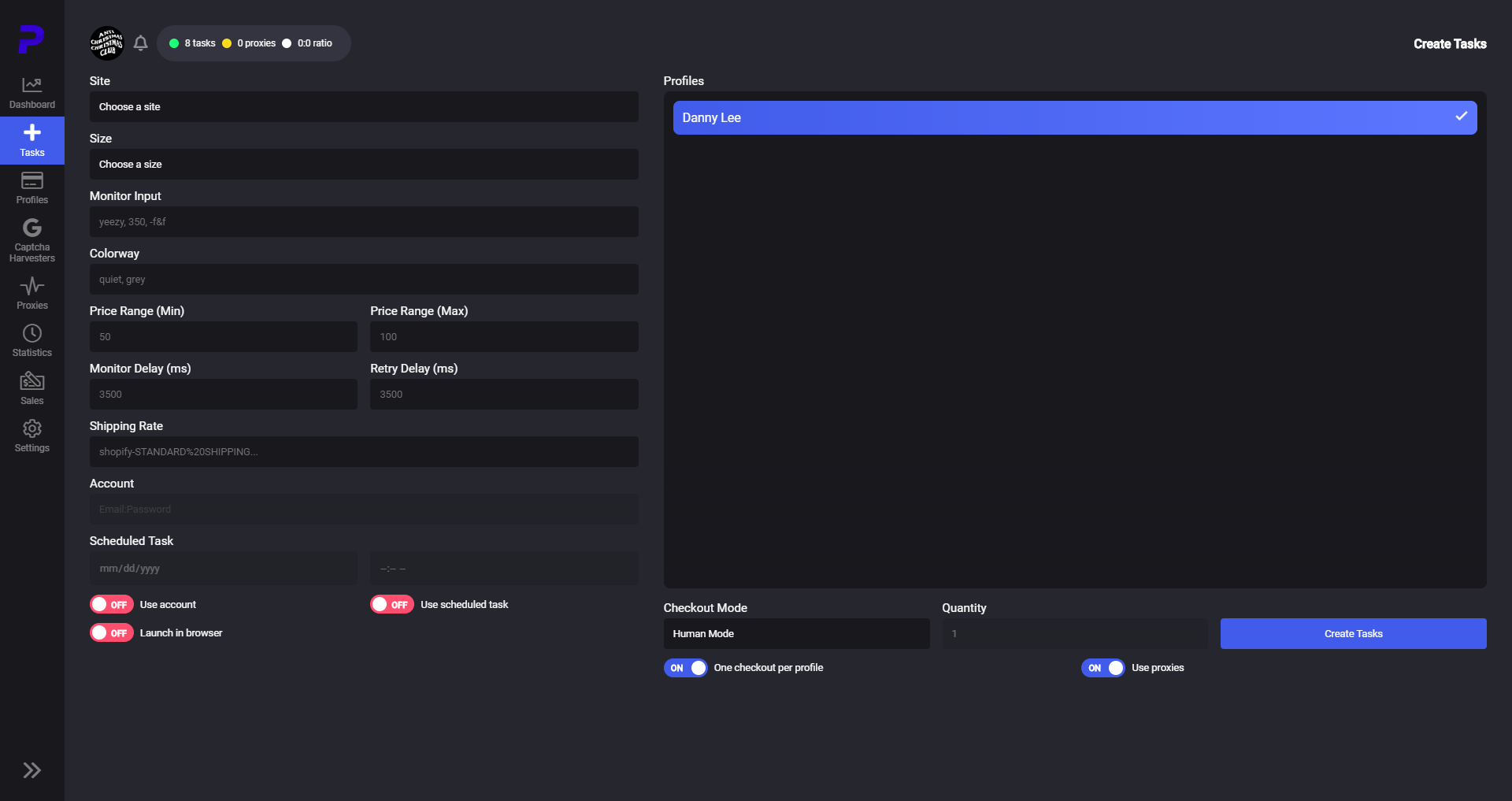

Starting in 2017, PhiloAIO was an early attempt of mine to create a sneakerbot to purchase highly coveted streetwear (clothing). Over time, I realized that botting shoes was not my calling. Despite leaving the sneaker community, I learned a valuable lesson: E-Commerce is the way of the future. This blog will document the changes I implemented to turn PhiloAIO into a multi-channel E-Commerce listing platform.
PhiloAIO is an electron/angular desktop application. It uses Chromium’s various features to display visually pleasing aesthetics and form a seamless user experience. I was first drawn into this project by a friend who suggested I could create a sneakerbot to purchase highly coveted items at unbelievably fast speeds. Over the several years I was involved in this project I encountered many obstacles that seemed unconquerable. Despite these obstacles, I remained optimistic and never gave up. This was in part due to the relationships I developed with others along the way. These relationships have made all the struggles worth it.
To all those that have inspired, encouraged, or helped me along my journey, I thank you profusely for helping me find my way. -Jeff
The entire point of creating a sneakerbot is to purchase items as fast as possible from online shops. My focus was entirely on Shopify Stores such as Kith, DSMNY, Bape, and Hanon-Shop.
Shopify is a commerce platform that allows anyone to set up an online store and sell their products. If you wanted to open an online store to sell things like clothing or electronics, you would most likely create a store on Shopify.
Since most Streetwear clothing stores/boutiques use Shopify, it only makes sense to create a bot that can fulfill checkouts using Shopify’s checkout and payment systems.

The style I went with followed a very minimalistic design. The sidebar and page layout were designed with simplicity in mind. That way, users would have no problem navigating the bot. The application flow starts with users creating a profile in the bot. The profile contains personal information such as credit card info, shipping address, and names. It was imperative of me to never allow the online transfer of this data to any kind of server. Therefore the information is securely stored on the individual user’s desktop.
After the user created a profile, they can begin creating tasks. The tasks page allows them to specify products, stores, and other various checkout procedures to purchase their items as fast as possible.

